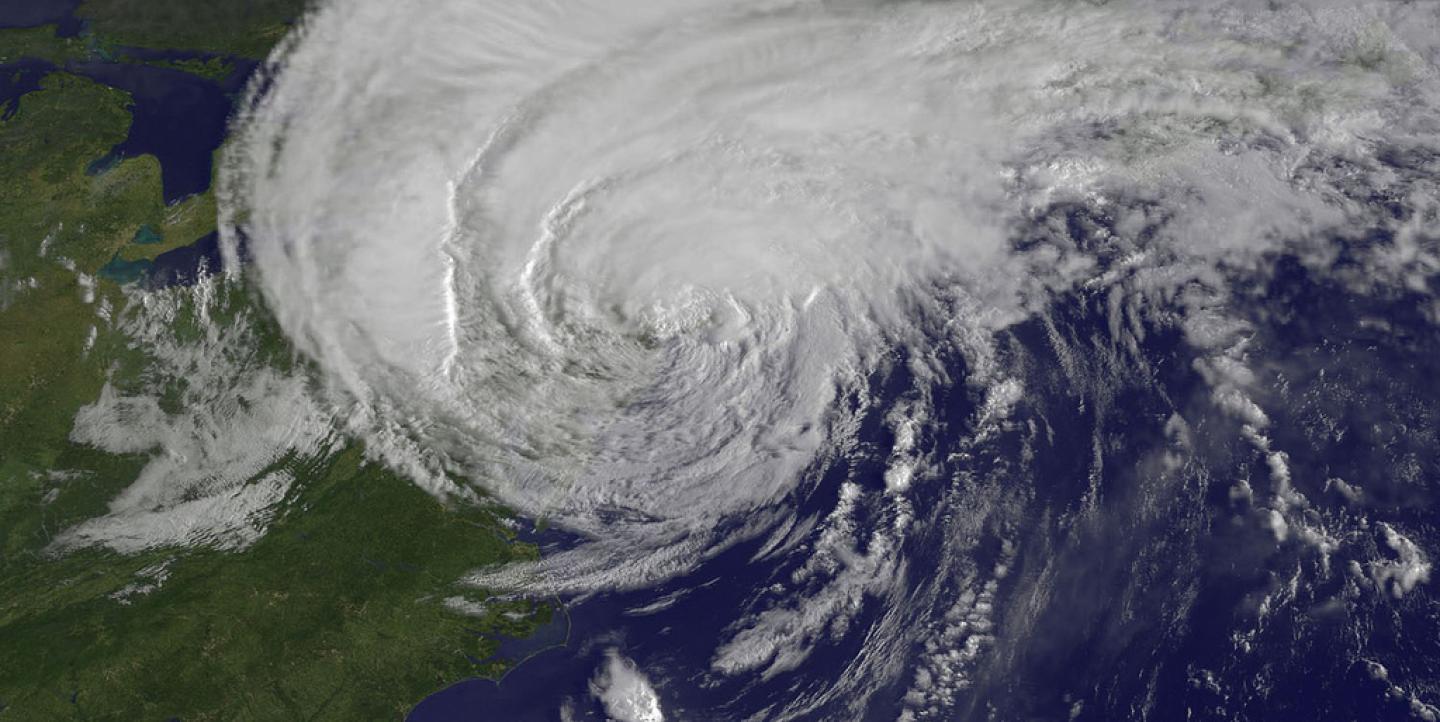As Hurricane Irene stormed the Eastern United States, The New York Times used the opportunity to launch its new Twitter feed for live coverage of breaking news.
The Twitter feed, called @NYTLive, is designed to provide a separate space for editors to live-tweet stories — without overwhelming The Times’ main account. It is only activated during major news events, like the hurricane. Since its debut in late August, the new account has already reached 25,000 followers.
IJNet spoke with Liz Heron, social media editor of The New York Times, about breaking big news, the hazards of retweeting and the future of the feed.
IJNet: How does the new Twitter feed work?
LH: @NYTLive is intended to be activated during major breaking news events that inspire an appetite for lots of incremental updates. It’s also a tool for highlighting real-time reporting and conversation — from within and outside The New York Times -- about a major news event that’s playing out largely on Twitter.
Finally, it’s a device with which to engage users and invite them to participate in our coverage by sending in reports and impressions about the story. It differs from the main @nytimes account in that it’s only active for big events, not every day, and that it will focus at any given time on just one subject.
IJNet: Why did The Times decide to launch a breaking news feed?
LH: We launched @NYTLive in order to solve the problem of how to cover a major story comprehensively without overwhelming followers of our main @NYTimes account.
Not every New York Times Twitter follower is going to want up-to-the-minute updates about a hurricane affecting the East Coast of the United States. For those who do, we give them @NYTLive.
IJNet: Who is doing the tweeting and how often?
LH: We split tweet duties between four editors: myself, social media editor Lexi Mainland, deputy interactive news editor Sasha Koren and assistant managing editor Jim Roberts.
We aimed to send out frequent updates between the hours of 6 a.m. and 1 a.m. Our tweets were also supplemented by @NYTMetro, which was run throughout the weekend by deputy metro editor Clifford Levy.
IJNet: What has the user response been so far to the feed?
LH: The user response to @NYTLive was overwhelmingly positive. People told us they relied on the feed for a big-picture look at a story they were following by the minute. Within two days, over 22,000 people followed the account.
The only negative feedback was that for those who were already following some of our journalists and sources on Twitter, some of our retweets seemed duplicative. For this reason, we quickly switched to using Twitter’s “native” retweet function, which, to avoid duplication, only highlights a retweet to users if they are not already following the original source.
IJNet: How do you envision the future of the feed post-Irene?
LH: We imagine followers of the account will flock to it and away from it depending on the story we’re currently covering. People who are closely watching news of a hurricane may not be the same people who will follow a major international story in the Middle East.
Next time, we also hope to focus more of our efforts on crowd-sourcing eyewitness accounts and observation about the news. But the main goal will remain the same: Offer high-value, comprehensive information about a fast-moving news event using all good sources available to us on Twitter and elsewhere.
Photo by NASA Goddard, used with a CC-license

